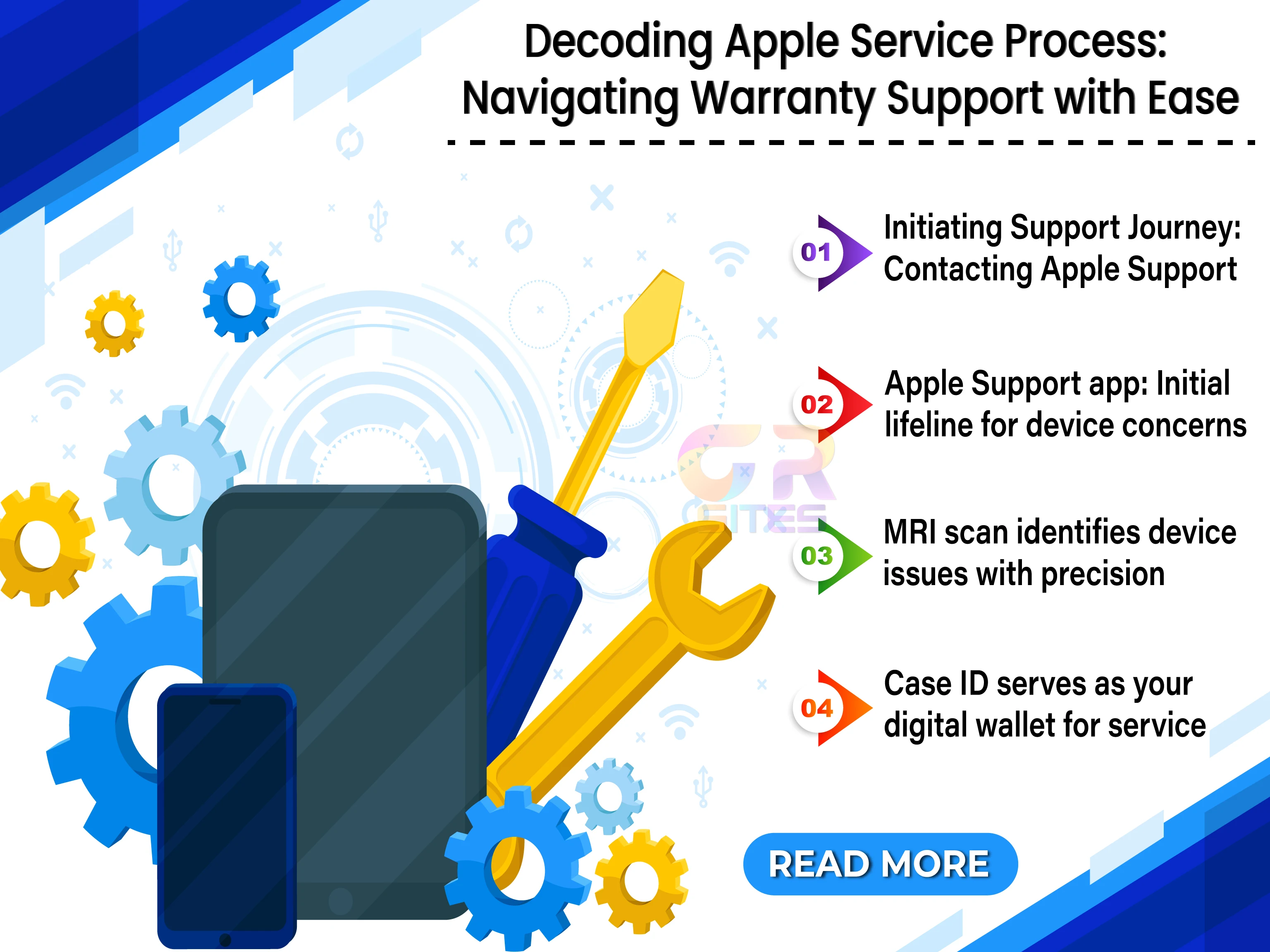As technology evolves, so do our expectations for seamless integration and versatility. With the advent of iPadOS 17.5, the iPad Pros tantalize users with their potential as powerful computing devices. However, one limitation persists—the inability to use them as external displays for TVs. Join us as we explore the possibilities and benefits of enabling TV connectivity for iPad Pros and iPad Airs, transforming them into versatile mini-Mac experiences for travelers and tech enthusiasts alike.
Overcoming Limitations
While the iPad Pro and iPad Air boast impressive capabilities, their potential as external displays remain untapped. Let's delve into the limitations and explore ways to overcome them:
- Current Constraints: As of iPadOS 17.5, iPad Pros can only be connected to TVs for screen mirroring, lacking the functionality to serve as external displays.
- Enhanced User Experience: Enabling TV connectivity for iPads would provide users with a seamless and immersive computing experience, akin to using a mini-Mac.
- Demand for Versatility: With the rise of remote work and digital nomadism, there's a growing demand for devices that offer both portability and productivity.
- Apple's Innovation Potential: As a pioneer in technology, Apple has the opportunity to revolutionize the way we use iPads, unlocking new possibilities for users worldwide.
Unleashing the Power of Mx Chips:
With the advent of powerful silicon Mx chips, iPads have become formidable computing devices. Let's explore how leveraging these chips for TV connectivity can enhance user experience:
- Mini-Mac Experience: By using iPads as external displays, users can enjoy a mini-Mac experience, complete with multitasking capabilities and enhanced productivity.
- Travel-Friendly Solution: For travelers and digital nomads, the ability to use iPads as external displays eliminates the need to carry bulky laptops, streamlining their workflow and reducing luggage weight.
- Seamless Integration: Apple's ecosystem offers seamless integration between devices, allowing users to transition seamlessly from iPad to Mac and vice versa, enhancing productivity and efficiency.
- Expanded Workstation: With iPad Pros and iPad Airs serving as external displays, users can create versatile workstations, maximizing screen real estate and optimizing workflow.
Embracing the Future of Computing:
As technology continues to evolve, so too must our expectations for computing devices. Let's envision a future where iPads seamlessly integrate with TVs, providing users with unparalleled versatility:
- Innovative Solutions: Apple has the opportunity to lead the way in innovation by enabling TV connectivity for iPads, catering to the needs of modern users and setting new standards for computing devices.
- Enhanced Productivity: By transforming iPads into mini-Mac experiences, users can boost productivity, creativity, and efficiency, whether at home, in the office, or on the go.
- Ecosystem Synergy: With iPad Pros and iPad Airs seamlessly integrating with TVs, Apple's ecosystem becomes even more interconnected, offering users a cohesive and immersive computing experience.
- Empowering Users: Enabling TV connectivity for iPads empowers users to unlock the full potential of their devices, blurring the lines between traditional computing and mobile technology.
In conclusion, the potential for iPad Pros and iPad Airs to serve as external displays represents a significant opportunity for Apple to revolutionize the way we use computing devices. By leveraging the power of Mx chips and enabling TV connectivity, Apple can provide users with a versatile mini-Mac experience, enhancing productivity, creativity, and efficiency. As we look towards the future of computing, let's embrace the possibilities and usher in a new era of innovation and versatility.
So, here's to unlocking the potential of iPads and embracing the future of computing with TV connectivity—a game-changer for travelers, digital nomads, and tech enthusiasts alike.
In this article, we have explored the potential benefits of enabling TV connectivity for iPad Pros and iPad Airs, transforming them into versatile mini-Mac experiences. By overcoming current limitations and leveraging the power of Mx chips, Apple has the opportunity to revolutionize the way we use computing devices, enhancing productivity, creativity, and efficiency for users worldwide. As technology continues to evolve, let's embrace the possibilities and usher in a new era of innovation and versatility in computing.



